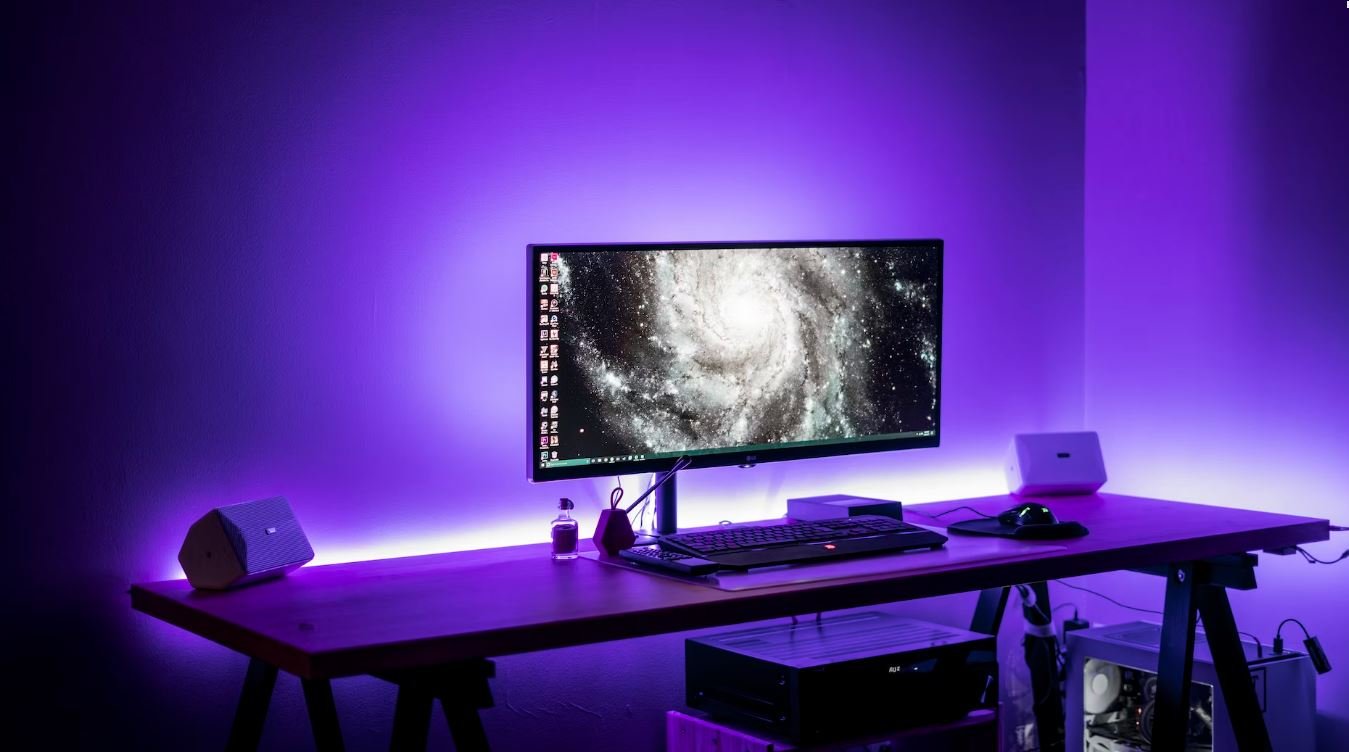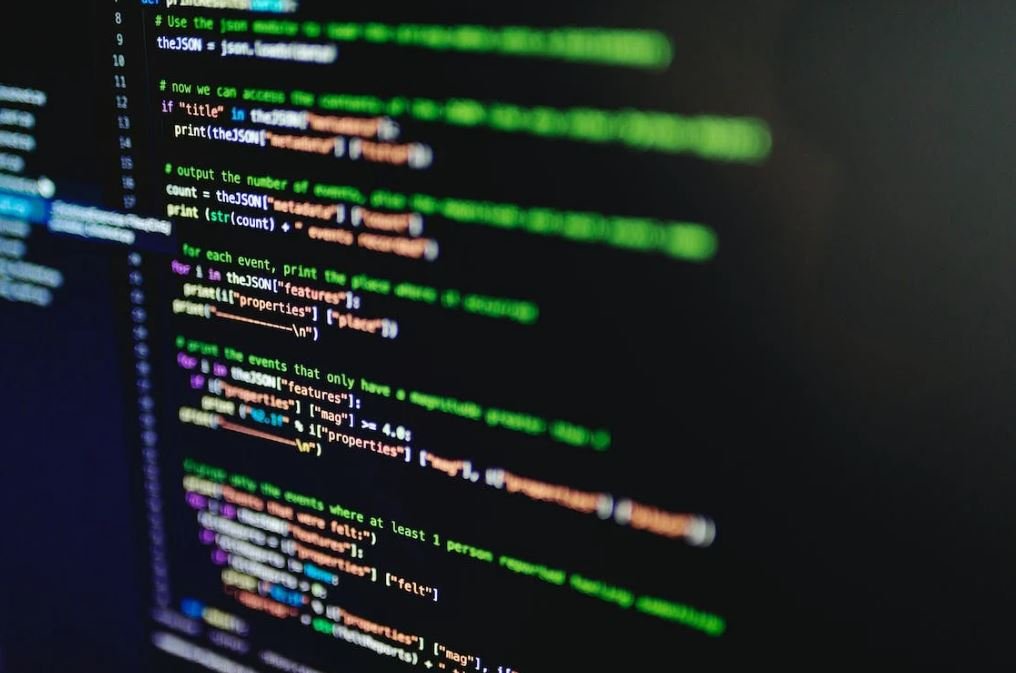Recording Podcast Voice
If you are planning to start your own podcast, having a great sounding voice is essential. With the increasing popularity of podcasts, the quality of your voice can make a significant impact on your listeners’ experience. Whether you have a naturally captivating voice or not, there are various techniques and tools you can use to improve the recording quality and make your podcast sound professional.
Key Takeaways:
- Having a great sounding voice is crucial for a successful podcast.
- Several techniques and tools can help improve your recording quality.
- Practice and proper microphone technique are essential for clarity.
- Editing and post-processing can enhance the overall audio quality.
Choose the Right Microphone
When it comes to recording your podcast, choosing the right microphone is of utmost importance. Different microphones have different characteristics, so it is vital to find one that suits your voice and recording environment.
Investing in a quality condenser microphone can greatly enhance the richness and clarity of your voice.
Practice Proper Microphone Technique
Proper microphone technique is crucial for achieving clarity and avoiding unwanted noise. To ensure the best recording quality, consider the following tips:
- Position the microphone at a suitable distance from your mouth to capture your voice effectively.
- Use a pop filter or windscreen to minimize plosive sounds.
- Avoid unnecessary movements or tapping the microphone during recording.
Editing and Post-Processing
Even with a great recording, some post-processing can further improve the audio quality of your podcast. Here are some important steps to consider:
- Remove background noise: Use audio editing software to eliminate any unwanted background noise, improving the clarity of your voice.
- Equalize the audio: Adjusting the frequency response can help balance out your voice and make it sound more pleasing to the listeners.
- Apply compressors and limiters: These tools can help normalize the volume levels and prevent distortion in your podcast audio.
Table 1: Comparison of Popular Condenser Microphones
| Microphone | Frequency Response | Polar Pattern |
|---|---|---|
| Audio-Technica AT2020 | 20Hz-20kHz | Cardioid |
| Rode NT1 | 20Hz-20kHz | Cardioid |
| Neumann U87 | 20Hz-20kHz | Switchable (Cardioid, Omni, Figure-8) |
Table 2: Editing Software Comparison
| Software | Price | Features |
|---|---|---|
| Adobe Audition | $20.99/month | Advanced audio editing capabilities |
| Audacity | Free | Basic audio editing functions |
| GarageBand | Free (for Mac users) | Easy-to-use interface |
Once you have edited and processed your podcast audio, you are ready to share your voice with the world. Remember to promote your podcast on various platforms and engage with your audience for a successful podcasting journey.
By following these tips and using the right tools, you can create a podcast that captivates your audience and showcases your unique voice.

Common Misconceptions
Paragraph 1:
One common misconception about recording podcast voice is that you need expensive equipment to achieve professional-quality sound. This is not true as there are affordable options that can deliver excellent results.
- Quality microphones are available at various price points.
- Using free software for editing can still produce high-quality audio.
- Investing in soundproofing materials can greatly improve audio quality without breaking the bank.
Paragraph 2:
Another common misconception is that podcast voice recordings require a lot of technical expertise. While there may be a learning curve, it is not as complex as it may seem.
- There are numerous tutorials and resources available online to guide beginners through the process.
- Basic audio editing techniques can be easily grasped with practice.
- There are user-friendly podcast hosting platforms that streamline the technical aspects.
Paragraph 3:
An often-misunderstood concept is that only certain types of voices are suitable for podcasting. In reality, the success of a podcast lies more in the content and presentation rather than the voice itself.
- Creating engaging and informative content is key to attracting listeners.
- The tone and style of delivery can vary greatly and still find their audience.
- Diverse voices and perspectives contribute to the richness of the podcasting landscape.
Paragraph 4:
Many people believe that podcasting is only meant for professional broadcasters or experts in a specific field. However, podcasting has become increasingly accessible to anyone with a passion or a story to share.
- Podcasting allows individuals to explore their interests and connect with like-minded communities.
- Listeners appreciate authenticity and genuine passion, regardless of professional background.
- Expertise can be developed alongside podcasting, making it a valuable learning experience for everyone involved.
Paragraph 5:
A common misconception is that once a podcast is recorded, the work is done. In reality, promoting and marketing your podcast is an ongoing effort that significantly impacts its success.
- Regularly promoting new episodes and engaging with the audience on social media is essential.
- Networking within the podcasting community can help expand the reach and audience of your show.
- Utilizing podcast directories and platforms can expose your content to new listeners.

Introduction
Recording a podcast requires not only a captivating topic but also excellent audio quality. Understanding how to optimize your voice for podcasting can greatly enhance the overall listening experience. In this article, we will explore ten fascinating elements related to recording podcast voice, providing valuable insights and practical tips to help you achieve professional-sounding recordings.
Table: The Influence of Microphone Choice on Voice Clarity
Choosing the right microphone is crucial when it comes to capturing your voice accurately. The table below demonstrates how different microphones can affect voice clarity, providing an overview of the best microphones for podcasting.
| Microphone Type | Voice Clarity Rating (1-10) |
|---|---|
| Dynamic microphone | 8 |
| Condenser microphone | 9 |
| Lavalier microphone | 6 |
| Ribbon microphone | 7 |
Table: Ideal Recording Environments for Podcasting
The environment in which you record your podcast significantly impacts the overall audio quality. This table highlights different recording environments and their effects on the sound, allowing you to choose the most suitable location for your podcast recordings.
| Recording Environment | Sound Quality Rating (1-10) |
|---|---|
| Professional studio | 10 |
| Quiet room with soundproofing | 9 |
| Home office with soft furnishings | 7 |
| Noisy cafe | 3 |
Table: Recommended Speaking Distance from the Microphone
The proximity to the microphone affects how clear and prominent your voice sounds. This table offers recommendations for maintaining a consistent speaking distance from the microphone for optimal audio quality.
| Microphone Distance | Recommended Range |
|---|---|
| Dynamic microphone | 3-6 inches |
| Condenser microphone | 6-10 inches |
| Lavalier microphone | 1-2 inches |
| Ribbon microphone | 4-8 inches |
Table: Ideal EQ Settings for Different Vocal Tones
Applying equalization (EQ) to your voice can enhance its tone and adjust any frequency imbalances. This table outlines the ideal EQ settings based on different vocal tones, ensuring your voice sounds its best during podcast recordings.
| Vocal Tone | Optimal EQ Settings |
|---|---|
| Bright | High frequencies boosted |
| Warm | Low frequencies boosted |
| Natural | Equal frequencies, no major boost or cut |
| Sibilant | De-essing for reducing excess sibilance |
Table: The Impact of Vocal Technique on Voice Projection
Mastering proper vocal technique can greatly enhance your voice projection during podcast recordings. The table below highlights various vocal techniques and their effects on voice projection, helping you deliver clear and powerful vocals.
| Vocal Technique | Voice Projection Rating (1-10) |
|---|---|
| Diaphragmatic breathing | 9 |
| Articulation exercises | 8 |
| Microphone positioning | 7 |
| Energetic delivery | 8 |
Table: Recommended Voice Warm-up Exercises
Before starting your podcast recording session, warming up your voice is essential to ensure vocal clarity and prevent strain. This table presents a list of effective warm-up exercises that can prepare your voice for professional podcasting.
| Warm-up Exercise |
|---|
| Lip trills |
| Tongue twisters |
| Sirens |
| Humming |
Table: Comparing Pop Filters for Minimizing Plosive Sounds
Plosive sounds, such as “p” and “b” sounds, can cause distortion if not managed properly. The following table compares different types of pop filters and their effectiveness in reducing plosive sounds.
| Pop Filter Type | Plosive Reduction Rating (1-10) |
|---|---|
| Nylon mesh pop filter | 8 |
| Metal mesh pop filter | 7 |
| Foam pop filter | 5 |
| Double-layered pop filter | 9 |
Table: Impact of Room Acoustics on Audio Reflections
The acoustic properties of your recording environment profoundly influence the level of audio reflections and reverberations. This table demonstrates how different room setups can affect audio reflections, allowing you to choose the most suitable environment for your podcast recordings.
| Room Setup | Audio Reflection Rating (1-10) |
|---|---|
| Sound-treated room | 9 |
| Room with acoustic panels | 8 |
| Untreated room with wooden floors | 6 |
| Small, cluttered room | 4 |
Conclusion
Recording a captivating podcast begins with delivering clear and high-quality audio. By carefully considering microphone choice, recording environment, vocal techniques, and utilizing essential tools such as EQ settings, pop filters, and warm-up exercises, you can significantly enhance your podcasting voice. Remember, a well-crafted podcast voice not only engages listeners but also elevates the overall podcasting experience. Embrace these insights and unleash the full potential of your podcasting journey.
Frequently Asked Questions
What equipment do I need to record a podcast voice?
You will need a good quality microphone, a computer or audio recording device, headphones, and recording software.
What type of microphone should I use for podcasting?
It is recommended to use a dynamic microphone instead of a condenser microphone for podcasting as it reduces background noise and captures a clearer voice.
What software can I use to record my podcast voice?
There are several options available, such as Audacity (free), Adobe Audition, GarageBand (for Mac users), and Pro Tools (professional-level software).
How should I prepare my voice before recording a podcast?
Ensure you are well-rested and hydrated. Warm up your vocal cords with exercises like breathing exercises, tongue twisters, and vocal exercises.
How do I create a quiet recording environment?
You can minimize background noise by recording in a quiet room, using foam or acoustic panels to absorb sound reflections, and closing windows and doors.
What is the ideal length for a podcast episode?
The ideal length for a podcast episode depends on your content and target audience. Generally, episodes range from 20 minutes to an hour, but shorter or longer episodes can work as well.
What are some tips for improving my podcast voice?
Practice speaking clearly and with good articulation. Experiment with varying your tone and pace. Use appropriate inflections to emphasize important points. Consider working with a vocal coach for professional guidance.
How can I edit and enhance my podcast voice recordings?
You can use audio editing software to trim or remove unwanted sections, adjust volume levels, apply equalization and compression for better sound quality, and add background music or sound effects if desired.
What are some common mistakes to avoid when recording a podcast voice?
Avoid speaking too close or too far from the microphone, excessive use of filler words, poor enunciation, and not paying attention to audio levels and quality.
How can I promote my podcast and increase its visibility?
You can promote your podcast by leveraging social media platforms, collaborating with other podcasters, engaging with your audience, optimizing your podcast for search engines, and seeking guest opportunities on other podcasts in your niche.


Leave a Reply